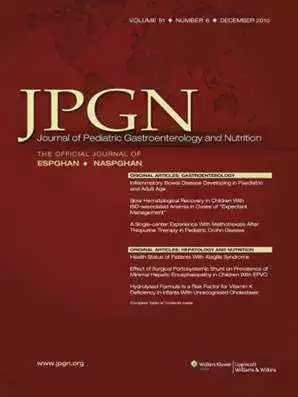Celiac.com 08/07/2024 - Celiac disease is an autoimmune disorder that causes inflammation of the small intestine when genetically predisposed individuals consume gluten. Gluten, a protein found in wheat, barley, and rye, triggers immune responses that damage the intestinal lining. While traditionally, celiac disease is thought to be driven by gluten sensitivity alone, recent research has suggested that other environmental factors, including microbial dysbiosis, might also play a role in its development and exacerbation.
The oral microbiome is a complex community of bacteria that can influence overall health. Changes in the oral microbiome, known as dysbiosis, have been implicated in various diseases. Given that the microbiota of the mouth can affect the gut microbiome through ingestion, studying the oral microbiome might provide insights into conditions like celiac disease. This study investigates the differences in salivary microbiota between children with active celiac disease, those on a gluten-free diet, and healthy controls to explore the potential of using salivary microbiota as a diagnostic tool for pediatric celiac disease.
Methods
Celiac.com Sponsor (A12):
The study involved 36 children divided into three groups: 12 children with active celiac disease, 14 children with celiac disease on a gluten-free diet, and 10 healthy controls. Saliva samples were collected from all participants and analyzed using DNA sequencing targeting the 16S ribosomal RNA gene. This method allows for the identification and quantification of different bacterial species present in the saliva.
Key Findings
Microbial Differences Among Groups
Significant differences were observed in the salivary microbiota of the three groups. Both celiac disease groups (active and on a gluten-free diet) exhibited a significant increase in the Bacteroidetes phylum and a decrease in the Actinobacteria phylum compared to the healthy control group. Specifically, the Rothia genus, particularly the species Rothia aeria, showed a notable decrease in both celiac disease groups.
Healthy controls had a higher abundance of the Rothia mucilaginosa species, which was significantly lower in both celiac disease groups. These findings indicate a unique composition of the salivary microbiome in children with celiac disease, differing from that of healthy children.
Symptom-Related Microbial Associations
The study also explored associations between specific bacterial strains and symptoms of celiac disease. For instance, vomiting was significantly associated with the presence of Gammaproteobacteria and Rothia aeria, while stomachaches were linked to higher levels of Bacteroidetes. Anemia and constipation were also correlated with particular bacterial strains, suggesting that certain microbes might influence or be influenced by the symptoms of celiac disease.
Discussion
The composition of the oral microbiota can impact gut health, as bacteria from the mouth are continuously ingested and can alter the gut microbiome. The findings of this study highlight significant alterations in the salivary microbiome of children with celiac disease. The decrease in beneficial bacteria such as those from the Actinobacteria phylum suggests that dysbiosis might contribute to the pathogenesis of celiac disease.
These microbial changes might not only help in understanding the disease better but also offer a non-invasive diagnostic tool. Current methods of diagnosing celiac disease often involve invasive procedures like intestinal biopsies. Analyzing the salivary microbiota could provide a less invasive, quicker, and cost-effective alternative.
Potential Implications for Diagnosis and Treatment
Understanding the salivary microbiota's role in celiac disease could pave the way for new diagnostic and therapeutic strategies. For instance, identifying specific microbial markers in saliva could help in early detection and monitoring of the disease. Moreover, interventions aimed at restoring a healthy oral microbiome might become a part of celiac disease management. This could include the use of probiotics or dietary modifications to support beneficial bacteria.
Conclusion
This study underscores the potential of using salivary microbiota analysis as a diagnostic tool for pediatric celiac disease. The significant differences in the oral microbiome between children with celiac disease and healthy controls suggest that oral dysbiosis could be a hallmark of the disease. Future research should focus on larger sample sizes and consider factors like diet and oral hygiene to further validate these findings. For individuals with celiac disease, this research offers hope for less invasive diagnostic methods and new avenues for treatment focused on microbiota modulation.
Read more: nature.com







Recommended Comments
There are no comments to display.
Create an account or sign in to comment
You need to be a member in order to leave a comment
Create an account
Sign up for a new account in our community. It's easy!
Register a new accountSign in
Already have an account? Sign in here.
Sign In Now